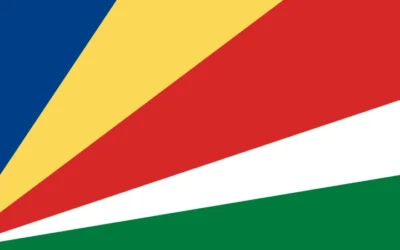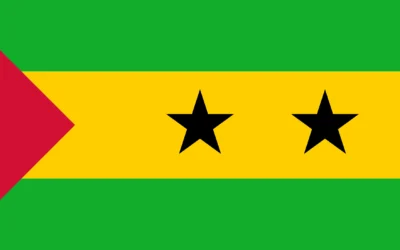Mali Travel Guide
Discover Why You Should Visit Mali
Why Visit Mali?
Mali is a country of immense historical and cultural significance in West Africa. Once home to the great empires of Ghana, Mali, and Songhai, it boasts legendary cities such as Timbuktu and Djenné that once stood at the crossroads of trans-Saharan trade.
Visitors to Mali are drawn by its music, storytelling traditions, striking mud architecture, and deeply rooted cultural identities. Though travel requires careful planning due to regional security, Mali offers an unmatched experience for those seeking history, heritage, and authenticity.
Ideal for: History buffs, cultural travelers, music enthusiasts, and adventure seekers.
Must-Know Facts
Capital/Major City: Bamako
Language(s): French (official), Bambara and other local languages
Currency: West African CFA Franc (XOF)
Best Time to Visit: November to February (cool dry season)
Fun Fact: Timbuktu was a major center of Islamic learning in the 15th and 16th centuries, home to one of the world’s oldest universities.
Top Things to Do
Explore the National Museum and markets of Bamako
Visit Djenné’s Great Mosque, the world’s largest mud-brick building
Experience the Festival on the Niger in Ségou, a celebration of music and culture
Discover the historic city of Timbuktu and its ancient manuscripts
Sail on the Niger River to witness village life and riverine landscapes
Local Culture & Lifestyle
Malian society is diverse, comprising various ethnic groups such as the Bambara, Dogon, Tuareg, and Fulani. Each group has distinct customs, languages, and artistic expressions.
Music is at the heart of Malian identity. Griots, or traditional storytellers and musicians, preserve history through song and poetry.
Markets, family gatherings, and local festivals remain important aspects of daily life and community cohesion.
Food & Drink Highlights
Street Food: Brochettes, tô (millet dough), rice with peanut sauce
Restaurants: San Toro and Savana in Bamako, local eateries near major cultural sites
Drinks: Bissap (hibiscus juice), dolo (millet beer), ginger tea
Desserts: Rice pudding with cinnamon, honeyed millet cakes, seasonal fruits
Main Dish & Culinary Symbols
Signature Dish: Tiga Dégué – a peanut stew with vegetables and meat, served with rice or millet
Common Ingredients: Millet, rice, sorghum, groundnuts, meat, vegetables
Culinary Culture: Meals are shared communally, often eaten with hands, and centered around grains accompanied by rich sauces
Symbols & Icons of the Area
Natural Icons: Niger River, Bandiagara Escarpment, Sahara Desert
Cultural Icons: Great Mosque of Djenné, traditional mud architecture, kora and ngoni instruments, Dogon cliff dwellings
Hidden Gems & Off-the-Beaten-Path
Dogon Country, known for its dramatic cliffs, animist culture, and unique architecture
The ancient city of Ségou, a center for pottery and textile arts
The Manuscript Libraries of Timbuktu, housing centuries-old Islamic texts and knowledge
Shopping & Souvenirs
What to Buy: Bogolan (mud cloth), wooden carvings, Tuareg silver jewelry, traditional musical instruments
Where to Shop: Bamako Artisans Market, Ségou’s riverside markets, village cooperatives in Dogon Country
Getting Around
Public Transport: Buses and shared taxis operate between major towns
Car Rentals: Often arranged with drivers for longer journeys or rural destinations
Tip: Travel with local guides is advised for cultural context and safety
Walkability: Good in town centers and markets, though limited in larger cities
Travel Tips
Check travel advisories before planning due to evolving security conditions
French is widely spoken, with Bambara common in southern regions
Modest dress is appreciated, especially in rural and religious areas
Carry cash as credit card usage is limited outside high-end hotels
Where to Stay
Budget: Hôtel Le Relais (Bamako), local auberges in Ségou and Mopti
Mid-range: Hotel Mandé, Le Campement
Luxury: Radisson Blu Hotel Bamako, though luxury options are limited
Unique: Traditional Dogon homestays or eco-lodges near the river
Sample 4-Day Itinerary
Day 1: Arrive in Bamako, visit the National Museum and Grand Market
Day 2: Travel to Ségou, enjoy the riverfront, pottery markets, and local music
Day 3: Explore Djenné and the Great Mosque, interact with locals in the Monday market
Day 4: Return to Bamako or continue to Mopti for Niger River excursions






0 Comments